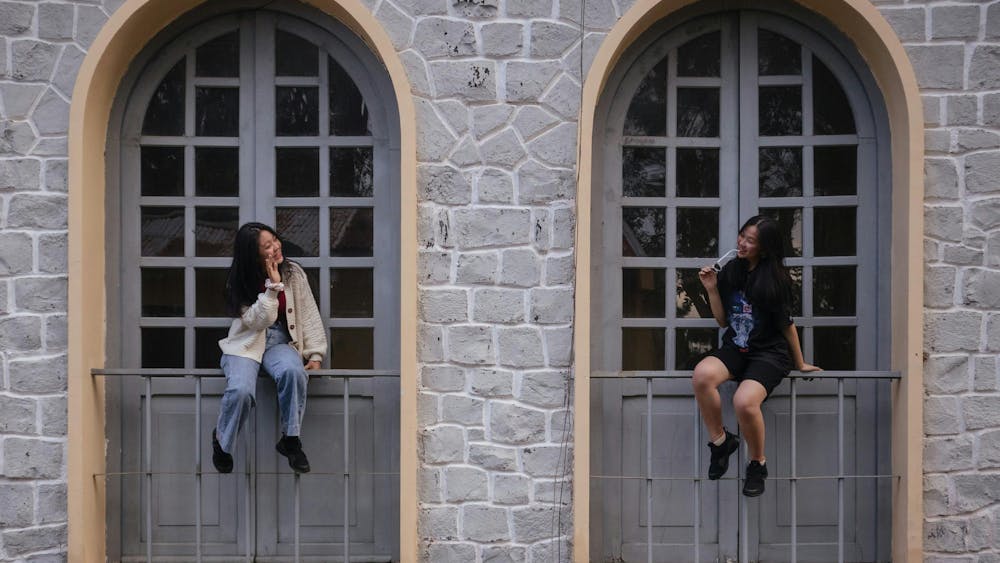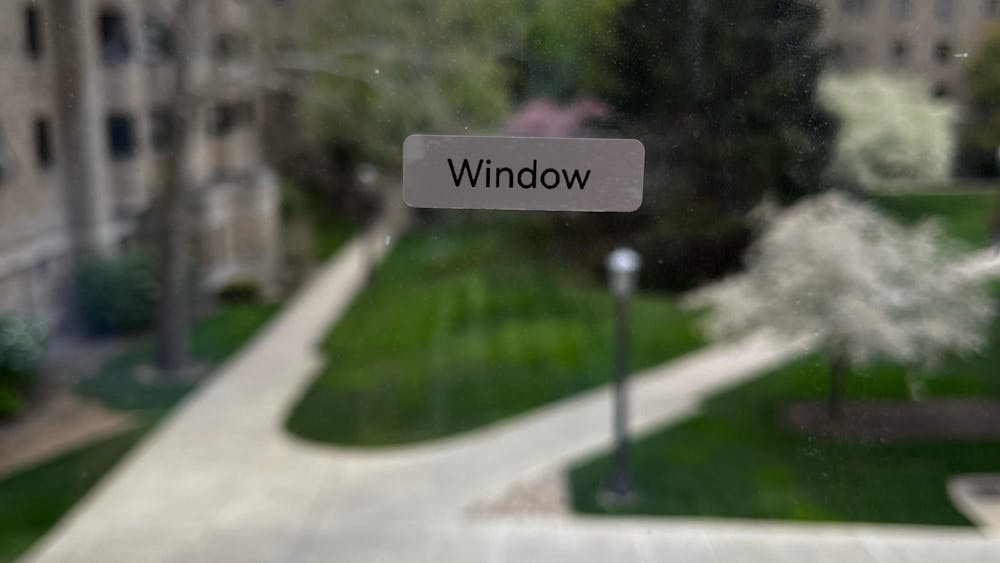Students today are reading more than ever before. While they are not necessarily curling up with “War and Peace” in front of a roaring fireplace every night, they are reading. It’s just that what we’re reading isn’t what we’re used to.
According to a 2015 Common Sense Media report, teenagers and young adults spend about six to nine hours using mobile devices and social media. Nine hours sounds like a heck of a lot, and many people are concerned about these numbers. However, these numbers are not as bad as they look. First, it’s important to remember that the six to nine hours are not completed consecutively, in some kind of Twitter-exclusive Thunderdome with no way out. Social media checks are spread throughout the day, with larger chunks usually happening at lunch breaks or at night.
Second, teens spent about four to six hours a day watching TV in the 1990s, and screen time slowly rose with the proliferation of the home computer. Teens and screens did not suddenly meet in 2010. I, for one, watched a lot of TV as a child and teenager, and my brain did indeed develop into something other than gelatinous mush. (Source: You are currently reading some professional writing of mine.)
And lastly, social media is not a complete cesspool devoid of thinking. The Common Sense Media report stated that on average, teens spend 39% of screen time “passively consuming,” media, meaning reading, watching and listening. Another 25 percent of time is spent on communication, including social media and video-chatting, and 3 percent is content creation, including writing, coding and making digital art or music.
Reading? Listening? Communicating? Coding? Making art? Aren’t these the things we encourage our students to do inside and outside of school? Social media and online texts present information differently than how traditional, physical literature does, but they still present us information.
Social media sites, like Facebook and Instagram, show us a blend of words, images, and video shared by people we know or like. Whether you realize it or not, your brain works to make connections between text and image, link multiple posts from the same source and identify motivation and bias.
The things posted and shared on social media come from varied, unknown sources, and work should be put into evaluating these sources. Now, more than ever, we have to work to find origins of posts, primary sources or evidence, and look for bias. Questions from middle- or high-school English classes can be applied to social media posts as well: Who is the speaker? Who is the intended audience? Is this original, copied or inspired by something else? What is the speaker’s intention? Does this present any underlying or unconscious motivations?
Reflecting on the speaker/Facebooker’s intention and any unconscious motivations is one of my favorite things to do. If someone posts an image of Marilyn Monroe with cursive script reading, “Well-behaved women rarely make history,” their intention was to likely spread that message to others compare themselves to the famous, interesting women of history. But unconsciously, they just revealed that they don’t know how to check for sources, because Marilyn Monroe did not ever say that. There’s also a strong chance that they have made some questionable decisions and believe they need to justify those decisions to themselves and others. A whole social media account of justifications and assertions of one’s happiness like this can raise some big questions.
For example, imagine an Instagram feed of a woman. Nearly every picture she posts is of her and her boyfriend. Few to no pictures of other friends, family, flowers or heavily edited plates of food. And each picture is accompanied by a long, heartfelt caption about how she’s found the one, her sense of peace with him or quotes about the nature of love and happiness. Only pictures of the two of them, captioned with ridiculous amounts of love. Now, I want you to imagine how happy the that relationship really is. Do you think they’re truly, truly that happy and in love? Or do you know that the hyper-positive social media posts are a front for serious problems in the relationship?
Congratulations, you just analyzed that and came up with an inference. Your inference — that they are actually unhappy or in trouble — is likely based on previous behavior patterns like this one and comparing their social media presence to their real-life presence, which is likely not that perfect.
Analysis, inferences, picking up on patterns or cultural patterns and checking for sources are some of things students work on with literature, and they’re things students are doing all the time. Now, I’m not saying that reading novels and writing essays can be replaced by scrolling through Twitter and crafting funny Snapchat stories. But I do think that the everyday uses of these skills and sheer amount of communication on social media is worthy of note. So close out of this article, go back to surfing Facebook, and see what happens if you look at a couple posts like they’re required reading for English class.
Happy scrolling.













